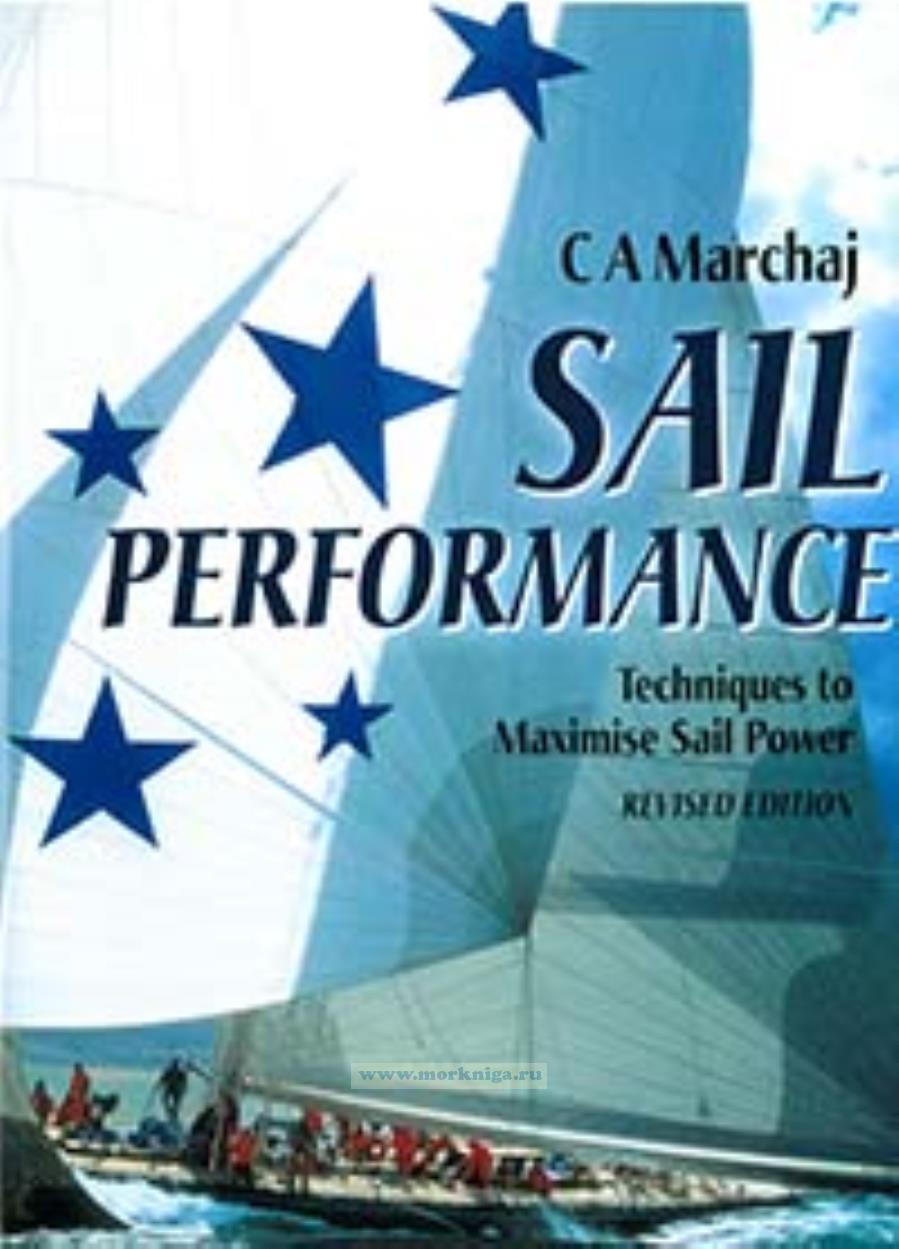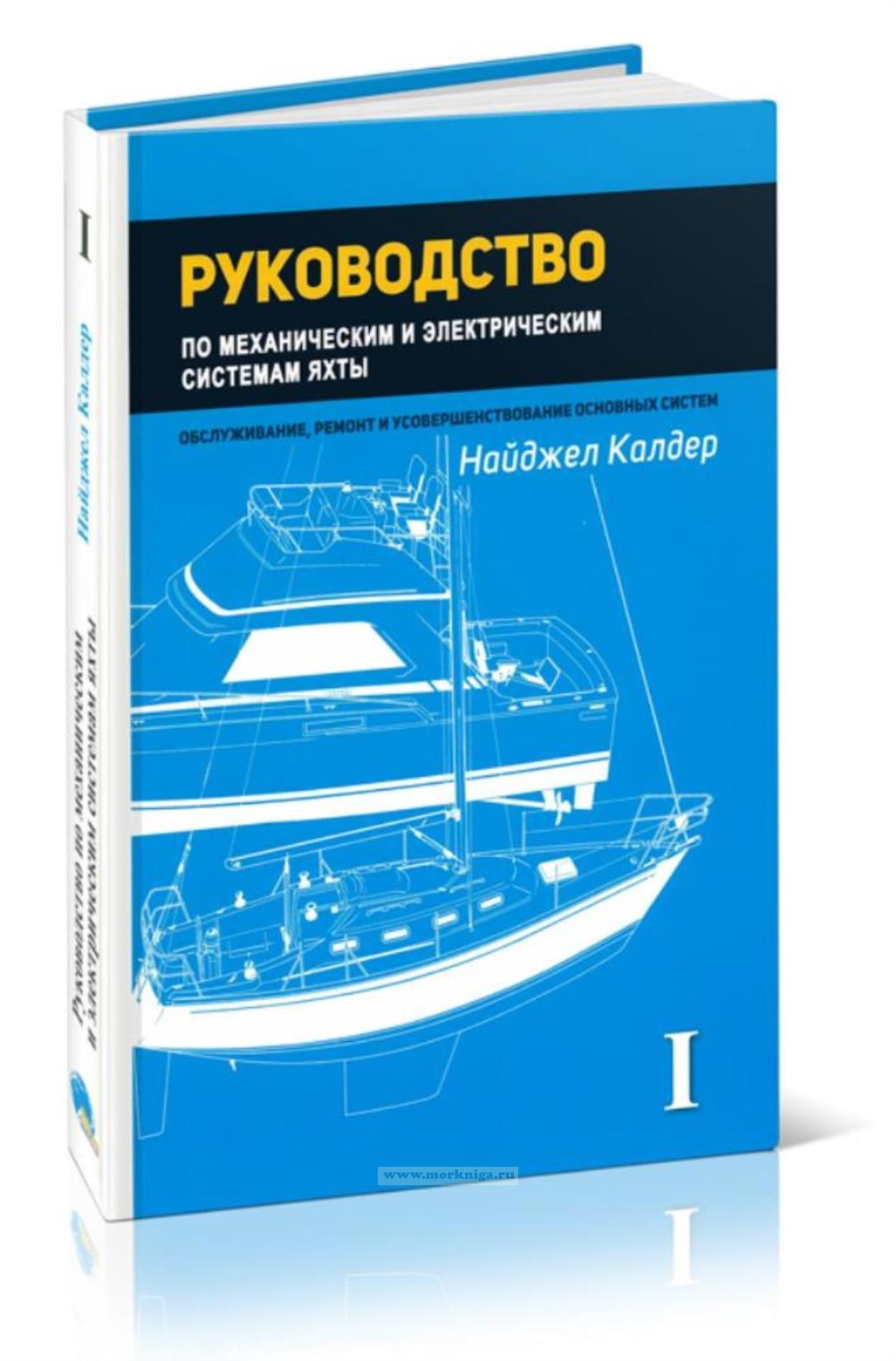Сб с 10 до 16
Sail Performance
Aero-Hydrodynamics of Sailing: 3rd Edition
This book has become established as the international classic reference for anyone wishing to understand the factors governing the performance of a sailing boat. A milestone in its field, it has set designers, sailmakers, owners and theoreticians all over the world thinking hard.
Examined here are the fundamental factors governing a hull's behaviour, the principles underlying aero and hydrodynamics, the performance and efficiency of aerofoils and hydrofoils, and new research into the behaviour of sails. The Appendices take an in-depth look at high speed sailing and examine recent rapid developments in hull appendages.
Seaworthiness: The Forgotten Factor: Revised edition
This book is a critical analysis of how the search for performance measured against the Rating Rule has led to the development of sailing yachts with potentially dangerous sea-keeping characteristics. Based upon the highest degree of practical and academic research, it maintains that dramatic changes in design philosophy are needed to prevent further loss of life.
The safety and ability of so-called offshore yachts to survive heavy weather was questioned in 1979 when the Fastnet Race became a tragedy. Since then lessons have not been learned and yachts are becoming increasingly difficult to sail in wind strengths above Force 6. This naturally has an impact on the average cruising sailor who has to bear the brunt of current design trends.
Principles of Yacht Design: 2nd Edition
This is the first book for many years to examine every aspect of the process of yacht design. Throughout, the authors have used a newly designed 40-footer to demonstrate the practical application of yacht design theory. Beginning with the yacht's specifications, the authors explain the geometry of the hull by means of lines plans and introduce CAD techniques. Hydrostatics and stability in calm water as well as waves are described in detail, as is the design of the hull, keel and rudder. Next the aerodynamics of the sails and the influence this has on the shape of the sail plan is examined. Methods are introduced for finding the balance of the yacht, and for selecting the correct propeller and engines.
Structural aspects of the design are treated comprehensively throughout. Loads acting on the hull and rig are identified and methods for computing them introduced. There is a discussion of different fibre reinforced plastics, including sandwich laminates, and of the layout of the cockpit, deck and cabin. Finally, a complete weight calculation is provided for the 40-footer.
All rights reserved. No part of this publication may be reproduced in any form or by any means - graphic, electronic or mechanical, including photocopying, recording, taping or information storage and retrieval systems - without the prior permission in writing of the publishers.
A CIP catalogue record for this book is available from the British Library.
Содержание
Preface
Acknowledgements
List of symbols
PART 1 YACHT EVOLUTION, RATING FORMULAE AND SPEED PERFORMANCE
1 Speed and Size
2 The Traditional Cruising Yacht Concept
3 Reaction Against Fast Boats
4 The Flat-out Racer Concept
5 Seakindliness and Seaworthiness
6 Speed Performance Factors
7 How Fast is Fast
8 Weather Factors
9 The Drive Towards Ultimate Speed
PART 2 AERODYNAMICS OF SAILS
1 Introduction
2 How and Why an Aerodynamic Force is Produced
Early attempts to estimate aerodynamic force
Pressure differences - the right way to explain sail forces
Flow visualization and other means of exemplifying the theory of foil action
3 Distribution of Pressure Over Sails
Unequal contribution of pressures to the driving force
Which sail contributes more to the driving force: mainsail or headsail?
The slot effect controversy
The effect of the mast on pressure distribution
The basic flow pattern around the sail section
4 The Effects of Aerodynamic Forces
5 The Measurement of Aerodynamic Forces
Introductory interpretation of wind tunnel test results
6 Aerodynamic Drag of the Sail
Induced drag
Friction drag
Form drag
Additional aerodynamic drag
7 Apparent Wind Structure
8 The Dependence off the Optimum Angle of Sail Incidence upon Heading Angle and Wind Strength
Reaching conditions (wind abeam)
Close-hauled, close-reaching
Course theorem (Lanchester's principle)
The relative importance of sails and hull in boat performance
The effects of wind strength on sail performance in close-hauled conditions
9 The Importance of Sail Camber
Selecting the optimum camber
The effect of the position of maximum camber
10 The Importance of Sail Planform
Tests on single sails
Tests on sloops; Bermudan rigs
11 The Sail Power of Various Rigs
The criteria of sail power adopted (close-hauled, reaching, running, summary of the sail criteria)
The overall potential driving power of rigs tested
How does the crab claw work?
Factors affecting the crab claw's efficiency (leading edge, camber effect, rigging, lanform and the position of the sail relative to the vertical)
Comparison of the crab claw's performance with that of the lateen sail
12 Wind Gradient Effect and Sail - Hull Interference
Sail performance at different heading angles
Effective aspect ratio
The effect of the hull on sail forces
The effect of aspect ratio on the performance of rectangular sails
The effect of drying sailcloth on CL and CD(porosity)
13 Wing Sails and Other Unconventional Rigs
Single element wing sails
Double skin versus single skin sails
Multi-foil (multi-slotted) wing sails
Tuning problems of multi-slotted wing sails (alternative wing sail solutions)
Efficiency of foils with curved planforms (crescent-shaped foils)
Rotating two-sail rigs
14 Sail Interaction
Influence of the foresail on the mainsail
Sheeting of the main and foresails
15 Some Remarks About Sail Trim
Lessons learned from the wind tunnel tests
Headsail trim (what telltails tell, adjusting headsails by recutting, fairlead position)
Overlap (self-tacking jib, fore-and-aft distribution of camber, aspect ratio)
Spinnaker
16 Centre of Effort
The centre of effort and its relation to directional balance of a yacht
Movement of the true centre of effort
The centre of effort for the combination of main, mizzen and foresail
17 Some Remarks About the Cut, Set and Defects of Sails
The properties of sail fabrics
The principles of cutting mainsails
The problem of flexible spars
Cutting headsails
Adjusting the rigging
PART 3 STEADY AND UNSTEADY WIND
1 The Significance of Barometric Depressions
2 True Wind Structure
3 Local Winds
4 The Wind Over a Regatta Course
5 Microbursts
6 Pumping - a Legitimate Sailing Technique?
Gradual change of incidence angle
Rapid and repeated changes of incidence (pumping)
7 Sailing Downwind (Rolling)
8 The Katzmayr Effect
APPENDICES
Appendix 1 About Forces and Vectors
Appendix 2 Reynolds Number and 'Scale Effect'
Appendix 3 Beaufort Scale of Wind Speed
Appendix 4 Conversion Factors
References and Notes
Index

 Руководство по механическим и электрическим системам яхты. Том 1. Электрические системы яхты
Руководство по механическим и электрическим системам яхты. Том 1. Электрические системы яхты  Когда кричит горизонт
Когда кричит горизонт